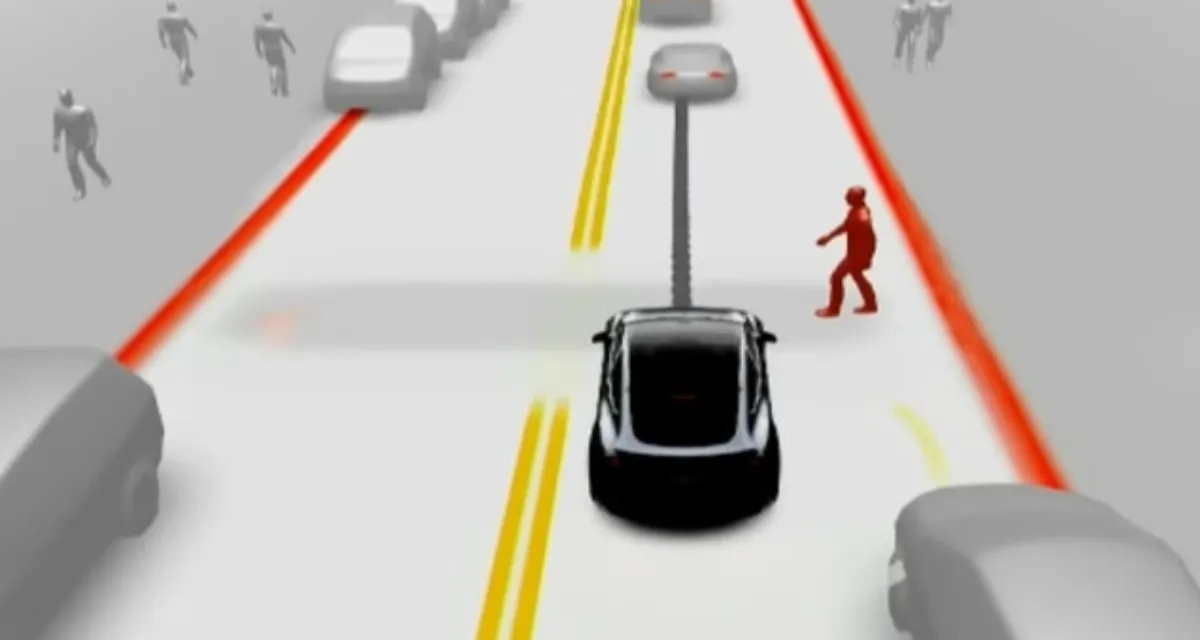

According to the confirmed results, electric cars are better at killing pedestrians than cars with petrol engines. The study, compiled by a group of traffic safety researchers, emphasizes the fact that traffic safety needs to improve hand in hand with the use of EVs and that new safety precautions must be amalgamated to make this possible. To understand this concern about the increased number of electric cars and their silent running that poses a threat to pedestrian safety, a detailed study has been provided here.
This analysis was done on accident records of several cities that dedicated and or experienced a high usage of EVs, the research findings are stated in the journal of transportation research. An analysis was performed on the number of pedestrian accidents with electric and petrol vehicles over the years and under what conditions they occur. The findings also highlighted the differences in the accident rates associated with the two types of cars; Electric cars were revealed to cause many more pedestrian accidents.
The study revealed that electric vehicles are involved in pedestrian accidents at a higher rate than petrol cars. Specifically, EVs were found to be 40% more likely to hit pedestrians. This increased risk is attributed primarily to the quiet operation of electric vehicles, which makes them less noticeable to pedestrians, especially in urban environments with high ambient noise levels.
One of the main reasons electric vehicles pose a higher risk to pedestrians is their silent operation at low speeds. Unlike petrol cars, which produce engine noise that can alert pedestrians to their presence, electric vehicles operate almost silently. This lack of auditory cues can lead to situations where pedestrians are unaware of an approaching vehicle, increasing the likelihood of accidents.
The study also highlighted specific demographics that are more vulnerable to accidents involving electric vehicles. Children and the elderly were identified as the most at-risk groups. Children, due to their unpredictability and tendency to dart into the street without looking, and the elderly, because of potential hearing impairments and slower reaction times, are particularly susceptible to being hit by silent electric vehicles.
The research indicated that the risk is significantly higher in urban areas compared to rural ones. Urban environments, with their dense population and high levels of background noise, make it more challenging for pedestrians to detect the presence of electric vehicles. Conversely, rural areas, which generally have lower ambient noise and less pedestrian traffic, showed lower rates of pedestrian accidents involving EVs.
To mitigate the risks, the study suggests that electric vehicles should be equipped with audible warning systems that activate at low speeds. These systems can produce artificial sounds to alert pedestrians of the vehicle's presence. The European Union has already mandated such systems, and similar regulations are being considered in other parts of the world.
Increasing public awareness about the unique risks posed by electric vehicles is crucial. Educational campaigns targeting both drivers and pedestrians can help reduce accidents. Pedestrians should be made aware of the silent operation of EVs and encouraged to rely more on visual cues when crossing streets.
Manufacturers are encouraged to explore design enhancements that improve pedestrian safety. This includes better integration of sensors and automated emergency braking systems that can detect and respond to pedestrians more effectively.
The study calls for policymakers to develop and implement regulations that address the safety concerns associated with electric vehicles. This includes mandatory audible warning systems, stricter safety standards, and enhanced urban planning to accommodate the increasing number of EVs.
Due to rising awareness and increased sales of electric cars on the highways; it is important to discuss the risks that they pose to those on the ground. The results of this study support the need for measures that can help in minimizing the hazard factors failing to notice the quiet running of EVs. This paper views electric vehicles as an opportunity to develop a safer road culture; through using auditory signals, raising public awareness, and improving vehicle appearance. Electrification of personal transport cannot be fully avoided as a way to reduce emissions, but pedestrian safety cannot be omitted either.
Also Read: